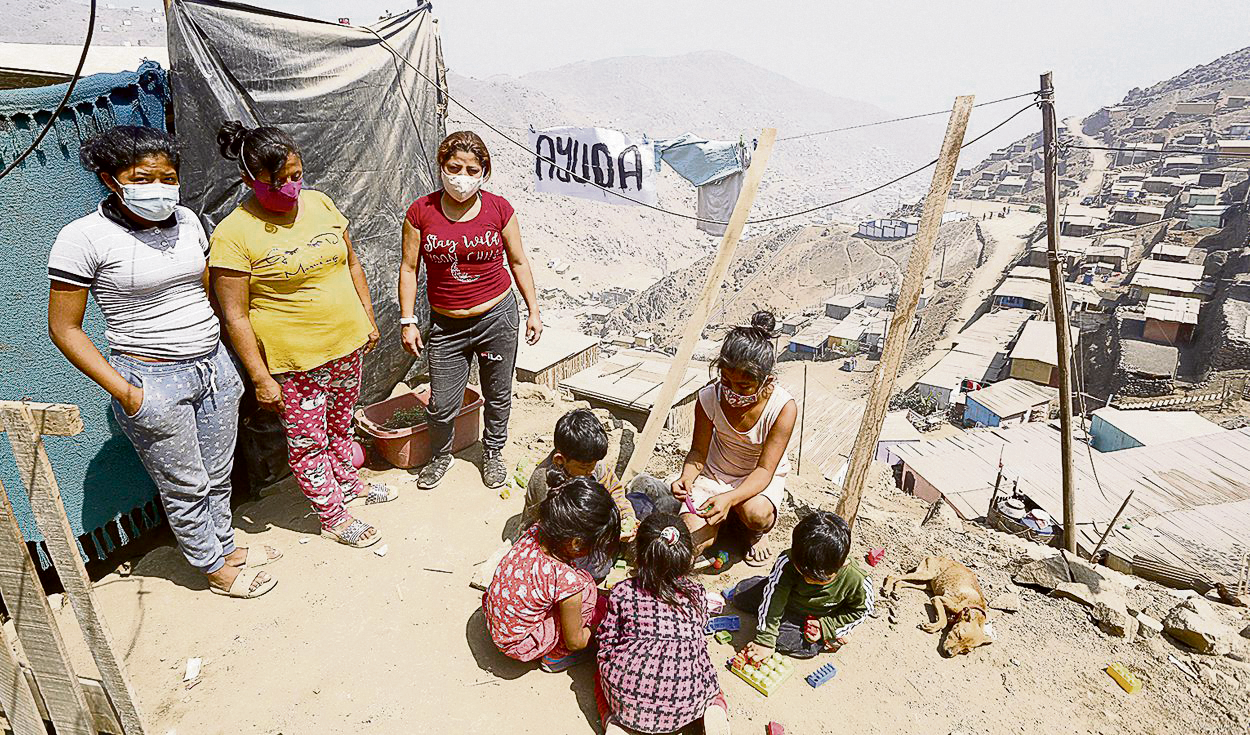
The calorie deficit – which measures the percentage of people affected by a lack of food – reached 35.4% of children and adolescents nationwide, increasing by nearly 7% compared to the same period in 2019 (28.8%), according to INEI data at the end of the second quarter of 2023.
That is, approximately minors in more than three out of every ten homes are not receiving the essential nutrients for their formation, explains IRD researcher Javier Herrera for La República.
In Metropolitan Lima, inadequate nutrition reached 41.4% – 4 out of every 10 households -, an increase of almost 10 percentage points in relation to the pre-pandemic (28.1%), while in rural areas it rose from 29.8 % to 32.2%. “For children under five years old it will have an impact on their cognitive abilities, and for adolescents it will have an impact on their school performance,” said Herrera.
food stress
The specialist warned months ago about the growing trend of calorie deficit in urban areas. “There is more hunger in Lima than in the region,” he said in an interview with this medium. Factors such as high inflation and rising prices of food and basic services also have a negative effect on food security.
To mitigate the damage, Herrera highlights the urgency of implementing public policies that adapt to the specific needs of the population, whether urban or rural. He also proposes reforming soup kitchens and improving school feeding. In the long term, programs must be carried out that increase income and improve living conditions.
The numbers
9.1 million Peruvians are poor at the end of 2022.
Food inflation rose 11.02% in August, double the general rate (5.58%).
Source: Larepublica
Alia is a professional author and journalist, working at 247 news agency. She writes on various topics from economy news to general interest pieces, providing readers with relevant and informative content. With years of experience, she brings a unique perspective and in-depth analysis to her work.












